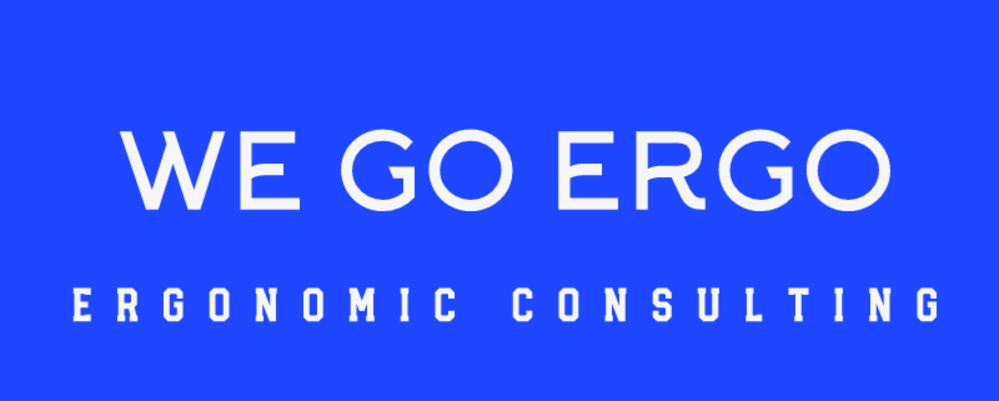What is Ergonomics
May 9, 2024

Ergonomics, derived from the Greek words “ergon” (work) and “nomos” (laws), constitutes the scientific study of work. It encompasses an understanding of how humans interact with various elements within a system, aiming to optimize both human well-being and overall system performance.
The International Ergonomics Association (IEA) defines ergonomics (or Human Factors) as the scientific discipline concerned with comprehending human-system interactions. It is also a profession that applies theoretical frameworks, principles, empirical data, and methodologies to design processes, ultimately enhancing human welfare and system efficiency.
Breaking down this definition, we focus on humans and their interaction within a system. Ergonomists possess profound insights into the physical, cognitive, and organizational dynamics affecting individuals during work:
1. Physical Ergonomics: This entails understanding human anatomy, physiology, anthropometry, and biomechanics. Such knowledge enables the determination of ‘safe’ thresholds for work demands, ensuring tasks are tailored to fit employees. If tasks exceed these thresholds, it can result in injuries and reduced productivity.
2. Cognitive Ergonomics: This involves knowledge of human perception, memory, reasoning, and motor responses. By designing work processes that are easily perceived, processed, understood, and executed with minimal errors, cognitive ergonomics minimizes the risk of errors leading to injuries and productivity loss.
3. Organizational Ergonomics: This field addresses socio-technical systems where humans interact with technology and their environment. It focuses on facilitating effective communication, teamwork, and cooperation within organizations. Failure to support these aspects can impede productivity and increase the risk of injuries.
While these principles might seem intuitive, real-world examples highlight the necessity of a systematic approach. Instances such as tools designed predominantly for right-handed individuals, inadequately sized workspaces, or displays inaccessible to color-blind users underscore the importance of ergonomic interventions.
Fortunately, ergonomics, as a scientific discipline, offers precise methodologies for addressing such challenges. Through rigorous measurement and analysis, ergonomists can tailor work environments and tools to individual workers. This includes adapting tools for left-handed users, ensuring adjustable workspaces, and modifying designs for accessibility.
Moreover, recent regulations in South Africa, since 2019, mandate businesses to implement ergonomics programs in their workplaces. My upcoming blog article will delve into these regulations, offering insights on how businesses can ensure compliance to avoid penalties and potential legal consequences.
Looking for an ergonomist to assist with your ergonomics program or assist in improving your business performance while improving well-being? WE GO ERGO are the partner for you!
